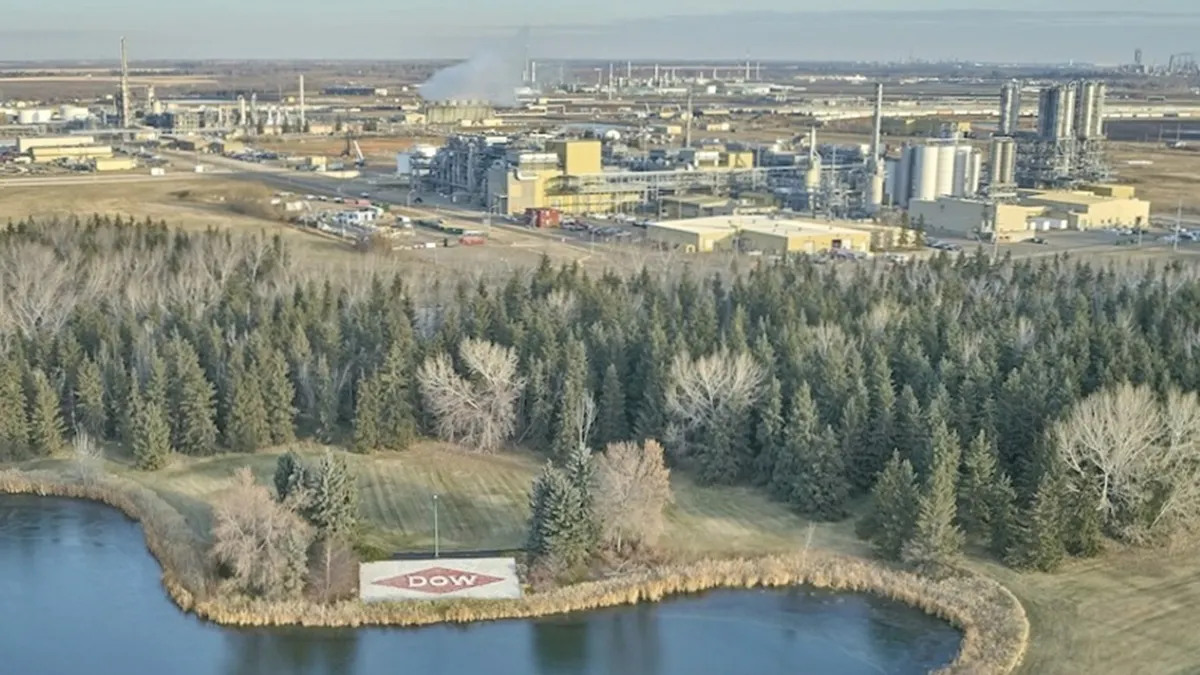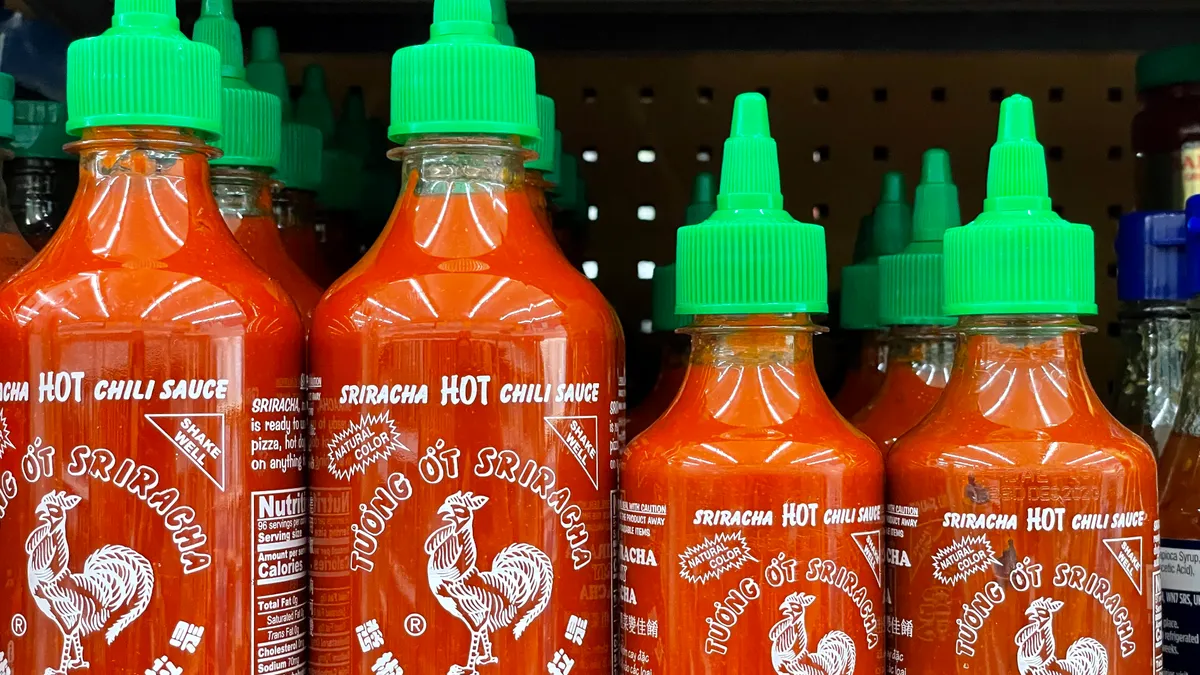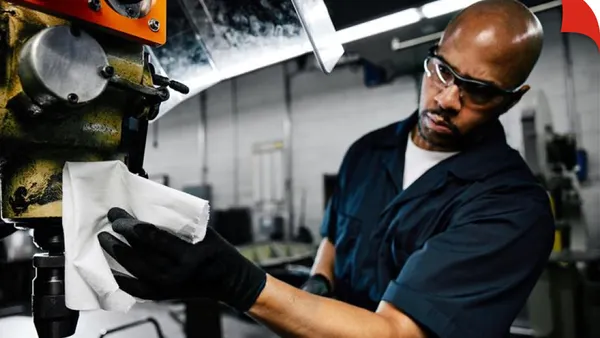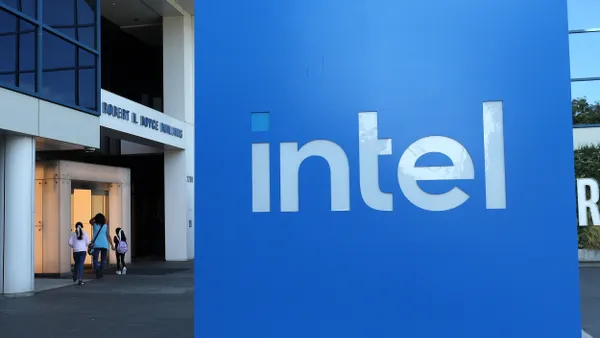Dive Brief:
- Chemical manufacturer Dow announced on Thursday further cost-cutting actions to save $6 billion, addressing an ongoing slower and more volatile economic climate, including tariffs.
- The company’s strategy includes delaying the construction of a major $6.5 billion expansion and retrofitting project in Fort Saskatchewan, Alberta. Dow plans to transform the ethylene cracker and derivatives facility into a net-zero emissions site.
- Dow also expanded its review of Europe-based assets to include three costly, energy-intensive upstream sites, valued at approximately $275 million. The review is expected to be complete by mid-year.
Dive Insight:
Like other companies such as 3M, Dow is shifting and preparing its finances as it closely monitors the Trump administration’s tariffs negotiations.
The company is engaging in rigorous scenario planning to identify potential additional cost-cutting and mitigation strategies, COO Karen Carter said during an April 24 earnings call.
“Until negotiations on tariffs are finalized, we expect to see delays in both purchase and investment decisions from consumers as well as corporations,” CFO Jeff Tate said during the call.
Nevertheless, Dow estimated greater than 95% of its North American volume is compliant under the United States-Mexico-Canada Agreement, an advantage for the company, Carter said.
There are also areas of its chemical portfolio, particularly methylene diphenyl diisocyanate and silicones in North America, in which the chemical manufacturer expects additional margin support from its domestic production, Carter added. This is due to “significant” China-based oversupply that has forced local markets to go long.
“Altogether, our unmatched cost positions and feedstock flexibility, superior product mix and geographic diversity are strong differentiators that give Dow a competitive edge today and throughout the cycle,” Carter said.
The chemical maker initially announced its European assets review in October 2024, with a primary focus on its polyurethanes business in the region.
“These actions will help to further enhance Dow's near-term cash flow and align our asset base to the realities of our participation in the region,” Fitterling said. “And importantly, they are additive to our previously announced plans to determine the best strategic option for our polyurethanes business in Europe.”
The chemical maker is deciding whether to idle or shut down its ethylene cracker facility in Böhlen, Germany, and its chlor-alkali and vinyl assets in Schkopau, Germany, Chairman and CEO Jim Fitterling said.
As for its upstream siloxanes plant in Barry, Wales, the chemical maker expects to shift the facility’s focus to specialty downstream silicones production.
Dow is also expecting cash to come in soon, in part due to the cost savings plan it began implementing in January. The restructuring plan includes cutting its global workforce by 1,500 people in a bid to save $1 billion, as well as cutting up to $700 million in direct costs, largely focused on purchased services and third-party contract labor.
The company is working to shore up its finances through a deal with infrastructure investor firm Macquarie Asset Management, which Dow partnered with to form Diamond Infrastructure Solutions.
Macquarie struck a deal to buy a 40% equity stake in five Dow facility locations in Texas and Louisiana in December, which is expected to generate up to approximately $3 billion for the chemical maker. The first payment installment of $2.4 billion is scheduled to close on May 1, according to the earnings release.
Finally, Dow is expecting court proceeds from a ruling issued earlier this month, part of a 2019 lawsuit against Nova Chemicals over a jointly-owned ethylene asset in Joffre, Alberta.
A Canadian judge ordered Nova to pay Dow additional compensation for damages incurred through 2018 exceeding $1 billion, which Dow will receive later this year. Nova plans to appeal the decision, according to Dow’s securities filing.












